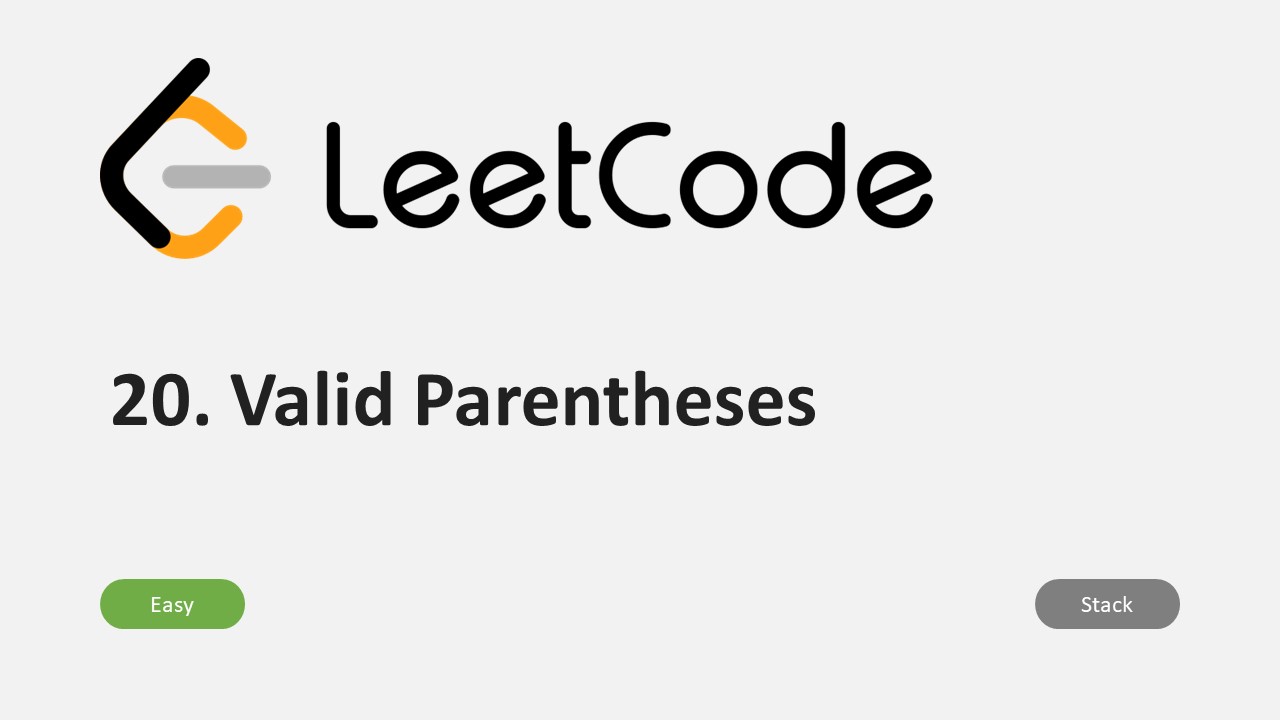1
2
3
4
5
6
7
8
9
10
11
12
13
14
15
16
17
18
19
20
| /**
* 删除分类时,demand_product表和demand表中的记录要同步删除
*
* @param demandId 要删除的分类的id
*/
@Transactional(transactionManager = "transactionManager", propagation = Propagation.REQUIRED, isolation = Isolation.READ_COMMITTED, rollbackFor = Exception.class)
public void deleteDemand(int demandId) throws Exception {
deleteDemandProduct(demandId);
deleteDemand0(demandId);
}
private void deleteDemand0(int demandId) {
jdbcTemplate.update(new PreparedStatementCreatorImpl("UPDATE demand SET deleted=1 where demand_id in (?)",
new Object[] { demandId }));
}
private void deleteDemandProduct(int demandId) {
jdbcTemplate.update(new PreparedStatementCreatorImpl("delete from `demand_product` where demand_id = ?",
new Object[] { demandId }));
}
|




